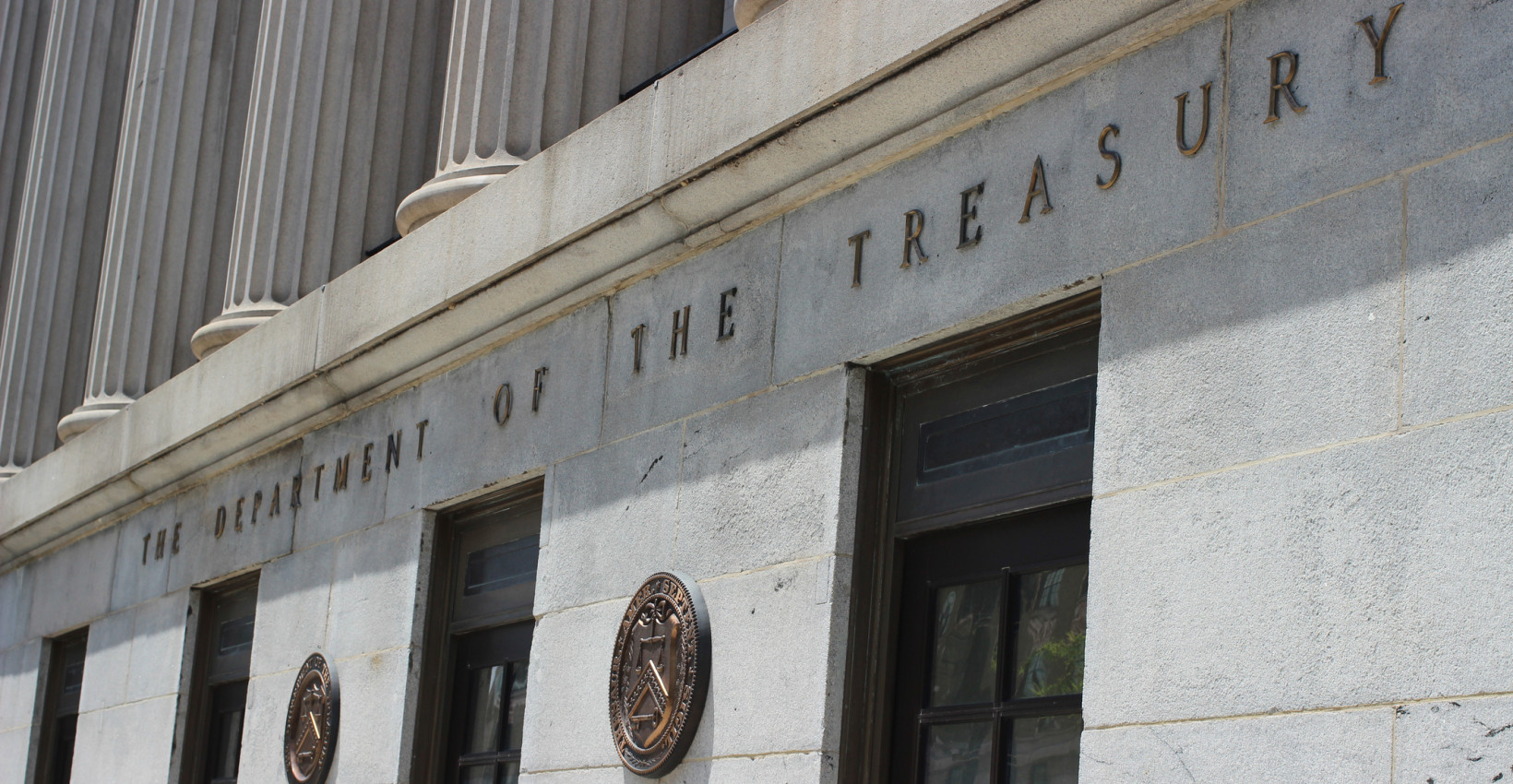Treasury issues catch-up contribution guidance

The Treasury Department recently issued proposed regulations regarding changes made to the catch-up contribution rules by the SECURE 2.0 Act of 2022 (SECURE 2.0). The regulations address the enhanced catch-up contributions for participants attaining age 60-63, as well as the mandatory Roth catch-up provisions that apply to higher paid participants (or HPPs). Both the age 60-63 catch-up and mandatory Roth catch-up provisions apply to 401(k), 403(b), and governmental 457(b) plans. Let’s take a look at the new guidance and what it means for plan sponsors.
Age 60-63 catch-up
The proposed age 60-63 catch-up regulations did not offer any significant additional guidance. As a reminder, however, beginning in 2025, a plan can allow a higher catch-up limit for participants ages 60-63. The increased age 60-63 catch-up limit for 2025 is $11,250. 401(k), 403(b), and government 457(b) plans are permitted, but not required, to offer the enhanced age 60-63 catch-up feature.
Mandatory Roth catch-up
Catch-up contributions made by HPPs in years beginning on and after January 1, 2026, must be made on a Roth basis. An HPP is someone with more than $145,000 (to be indexed for inflation) in FICA wages in the prior year. Key aspects of the proposed mandatory Roth catch-up regulations include the following:
Not applicable to self-employed workers. The mandatory Roth catch-up rules apply to HPPs with FICA wages. A person without FICA wages (e.g., a self-employed worker) is not subject to these rules and can make catch-up contributions on a pre-tax or Roth basis.
Plans not required to offer Roth deferrals. The proposed regulations clarify that a plan does not have to permit Roth deferrals. The caveat, however, is that if a plan does not allow Roth deferrals, then HPPs cannot make catch-up contributions.
Adding Roth deferral feature — all participants must be able to make Roth contributions. If a plan adds a Roth deferral feature to allow HPPs to make catch-up contributions, then all participants must be allowed to make Roth contributions (not just catch-up eligible HPPs).
Administrative provisions. Complying with the mandatory Roth catch-up rules will be challenging, and errors are expected. The proposed regulations, though, provide helpful solutions to help avoid errors when an HPP inadvertently makes pre-tax catch-up deferrals instead of the required Roth catch-up deferrals. One solution is for the employer to implement a “deemed Roth catch-up deferral” feature. In this case, if an HPP does not make a contrary affirmative election, they will be deemed to have irrevocably elected that all catch-up deferrals be made on a Roth basis. This will be helpful, for example, if a plan fails nondiscrimination testing. In this event, pre-tax deferrals made by an HPP can be reclassified as Roth catch-up deferrals without any additional action by the HPP.
The proposed regulations also provide flexibility on how to correct an error when an HPP makes pre-tax catch-up deferrals. For example, a plan can transfer the HPP’s pre-tax catch-up deferrals (plus earnings) to a Roth deferral account in the plan. However, because the in-plan Roth transfer will impose additional taxes on the HPP, the taxable transfer will be reported on a W-2 issued by the employer or a 1099-R issued by the plan. The proposed regulations explain how these correction procedures are to be implemented, including the need to add an in-plan Roth transfer feature (if the plan does not already allow) to permit pre-tax to Roth account transfers.
So what does this mean for you?
As with any new guidance, there are steps you’ll need to take as the plan sponsor to ensure your bases are covered. To comply with the mandatory Roth catch-up rules, you’ll need to:
- Timely identify HPPs
- Determine whether the plan must be amended to add a Roth deferral feature and/or an in-plan Roth conversion feature
- Update salary reduction agreements for HPPs
- Notify HPPs before January 2026 about the new rules
- Develop practices and procedures designed to comply with the proposed regulations.
To help you stay on track, the Retirement Plan Services team at UBT will conduct a Client Webinar this summer to prepare employers for the mandatory Roth catch-up deferral rules and to review the enhanced age 60-63 catch-up provisions.
Should you have any questions about the proposed catch-up regulations before the Client Webinar, please contact your Relationship Manager.




